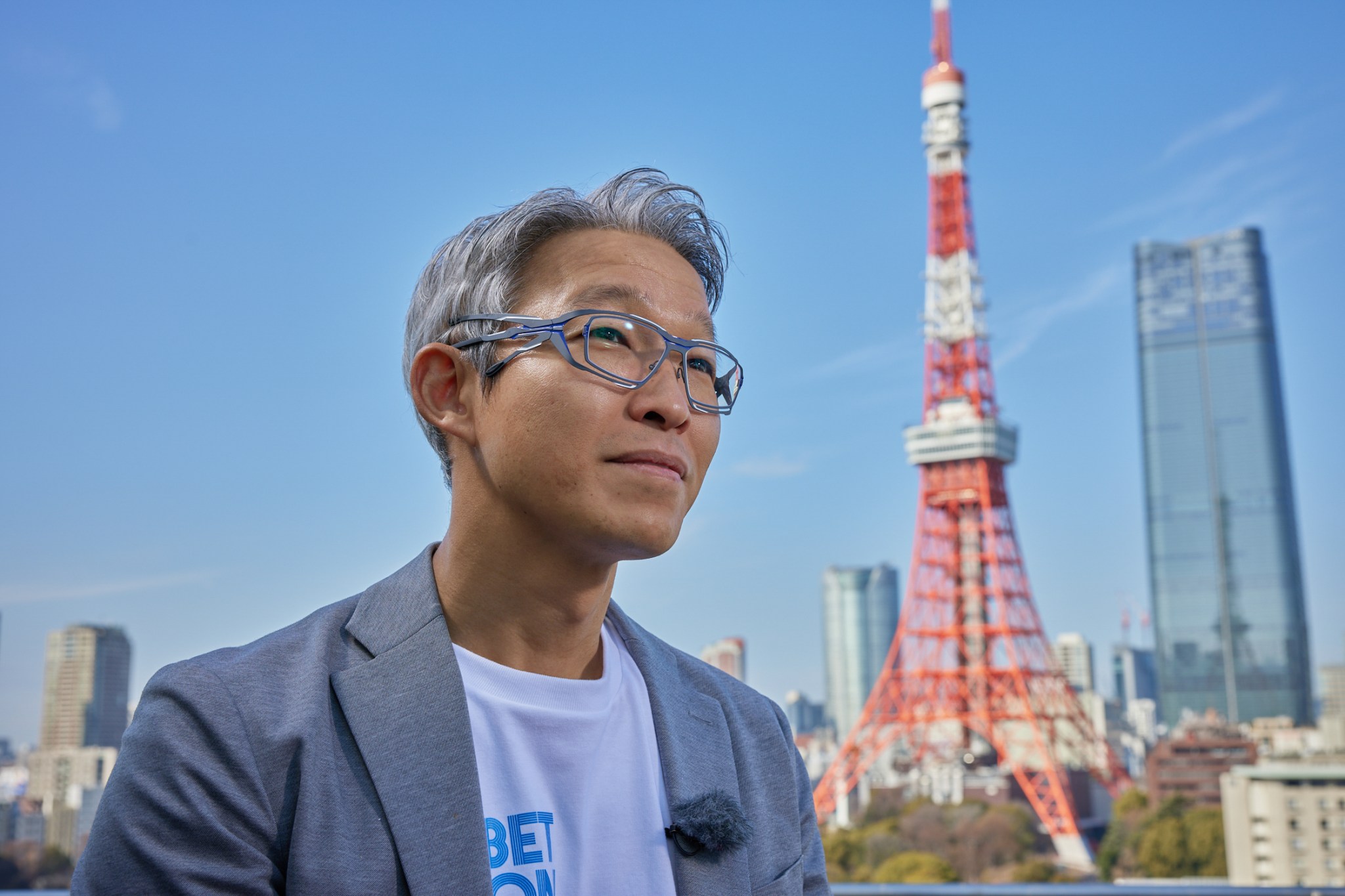
The labor shortage in the food and agriculture industry is nothing new, but there’s a storm brewing that could intensify the struggle. Baby boomers are retiring en masse, labor participation rates are declining, and candidate expectations are evolving rapidly, making it difficult to attract talent with traditional recruitment approaches.
AgHires, a specialized recruiting firm serving the food and agriculture sectors, has been on the front lines of this challenge for over a decade. Founded by Lori Culler after experiencing firsthand the difficulties of hiring in agriculture, AgHires has helped countless companies navigate the shifting talent landscape — from farm operations to food manufacturing facilities.
In this conversation, Culler and AgHires Recruiting Content Lead Lila Huelster break down why the current labor market feels more challenging than ever, what’s driving the widening talent gap, and most importantly, what food leaders can do about it. They share insights on everything from expanding talent pools beyond traditional agriculture backgrounds to creating compelling employer value propositions that attract top performers in a candidate-driven market.
For leaders struggling to fill critical roles — whether in production management, operations, or leadership positions — this discussion offers a roadmap for transforming hiring from a reactive scramble into a strategic competitive advantage.
Q. You founded AgHires after seeing firsthand how hard it is to hire in agriculture. When did you notice a shift in the labor market?
Lori Culler: It honestly came out of a personal need. I had worked outside of the industry for a consulting firm in HR. I came back, and my brother was still growing his business significantly. He has a full vertically integrated farming and production operation. So we needed it for our own operation as it was expanding, and I didn’t like the resources available in the market.
Within the past 11 years that AgHires has existed, there’s been a shift in what’s needed, even on the leadership, management, and technology sides. And we’ve been working hard to align our practices with that shift.
Q. The labor shortage feels more challenging than ever before. From your perspective, what’s driving the significant talent gap that we’re seeing?
LC: I’ve been saying we’ve had a shortage for 8, 9 years? But right now, there’s a combination of many factors creating a perfect storm:
We are at the peak of boomer retirement, which started in 2024, and that massive wave is creating significant gaps.
The labor participation rate — individuals of age who are either working or looking for work — is declining. It was about 67% in the 2000s, and now it’s hovering at 62.5%. That’s 12 million fewer people that are participating in the market.
Then you factor in the impact of COVID. We had the “Great Resignation,” with everyone rethinking what they wanted to do with their careers. Now we’ve had the “Great Stay,” with people trying to figure out whether they should leave their jobs or stay. COVID made everyone rethink what they’re doing for a living.
On top of all that, new business formations also increased. I wrongly thought that it was going to drop significantly after about a year or two. It has dropped, but not to pre-COVID levels, which means people are still looking at side hustles or starting their own business. And this also tugs on the available labor market for employers looking to hire.
Q. What are the most pressing symptoms of this labor challenge you’re seeing in the field?
LC: There’s a little bit of everything. There’s a talent gap — who has the right skills for the available jobs? We have extra talent in other skillsets, but they don’t match up with the current gap.
You’re seeing the skills gap across the board — hourly and skilled labor, but also even middle managers. The boomers were occupying such a large portion of management for so long, and now that they’re retiring, middle managers might not be ready for that next step. If you’re early in your career, you will have plenty of opportunities to move up a little faster than the generation before you because of that.
Q. Where are you seeing employers getting stuck when they’re hiring?
LC: Everyone’s still too reactive and waiting for applicants to come to them. But the best of the best are being sought after.
In this market, you need to have a proactive approach. You need to find those passive candidates that aren’t actively job hunting. You need marketing techniques to attract candidates to your current job openings and to build a future talent pipeline.
The other way they’re getting stuck is not investing enough resources in their talent acquisition side. Yes, your sales and marketing team is important, your equipment is important, your efficiency is important — all that really tugs the bottom line. But human capital is also important. A company with all A players working for them is more likely to thrive than the same business with all B players. So it’s worth investing more resources and time into the hiring process.
Q. Could you tell us more about what the companies that are getting it right have in common?
LC: Our top-tier clients focus on the candidate experience. I know candidate experience is getting some buzz out there in the community, but it’s true that the candidate experience is important — from the first time they hear about you all the way through to the final interview, or even through to decline if they’re not a fit.
The companies that are getting it right are good at selling their value proposition — not just in the initial hiring stages, but all over their website, social media, and career page. We have a client that posted a video about what it’s like to work there. It’s not the best video, but every single candidate that I talk to goes on and on about this video.
Candidates want to get to know you. They want to look beyond the curtain or under the hood before they put their hat in the ring. The top companies focus on that in their career page.
And, finally, they understand the market and what candidates are looking for.
Q. How have you seen candidate expectations change over the last five years?
LC: They are looking for a lot of transparency in the process. They’re looking for a lot of information — comp, pay, benefits, and what it’s like to work there — by the first interview.
What they value has also changed. They want to ensure they have growth opportunities. That doesn’t always mean growth in position — it could be growth in knowledge and skills. They’re also looking to join a company with a mission. They’re looking for stability, especially with some of the shakeup in ag this year.
If we keep these changes in mind, we can build a better value proposition when we’re talking to candidates.
Q. Another thing you’ve talked about is expanding the talent pool beyond traditional agriculture backgrounds. Where have you seen that work, and what makes it successful?
LC: We may not be able to flex too much on a position for a poultry nutritionist with a PhD. But there’s room for more candidates in sales roles, ops management, production management roles, and even on-farm management roles.
Often in those roles, they need someone with leadership experience, someone who can hold people accountable, manage KPIs — all things that don’t necessarily require a candidate from their exact industry. Adjusting qualifications on those roles would give you an opportunity to broaden your pool, and the more that you broaden your pool, the more selective you get to be, and that means you can have top talent.
We’ve seen engineers become farm managers. Some of our clients actually look for that background because they want the efficiency and leadership that comes from an engineering mindset. We’ve even seen those engineers cross over into ops roles or production management roles. We’ve also seen individuals from the military or from other industries like construction cross over, if they have the right leadership and people management experience.
Q. Since continuing to raise wages isn’t sustainable, what are some other things employers can do to stay competitive?
LC: We’re seeing more companies drawing a line in the sand this year, because they can’t keep raising wages to win candidates. So they’re being more flexible with paid time off, which is of high value to candidates. Employees don’t want to be frowned upon if they have a sick kid and need to go take care of that in the middle of the day. If you allow for the right amount of flexibility, it creates an environment where employees thrive.
401K is important, but I’ll be honest, I don’t know if it’s the number one factor. When I tell candidates that an employer has a 401K match and I don’t give them a percentage, rarely does someone ask me for the percentage. So if I’m an employer and I’m trying to decide between more PTO or more 401K, my bet would be on the more PTO. I get more questions from candidates about how much time off is available.
Health insurance is, of course, important, but even adding creative things, like a paid volunteer day — something a little more outside the box that you feel employees are going to rally behind as an extra benefit — we’ve seen that work out well.
Q. For food and agriculture leaders who’ve been struggling to succeed in hiring, what are some radical mindset shifts they need to make if they want to win?
LC: They’re going to have to learn how to train. There’s still a big skill gap in a lot of roles, and if you can define the inherent traits that make individuals successful in a particular role, you can start training employees to develop those skills.
The best of the best know that they have to have a good training program, and candidates want to work for a company that has a good training program. If you asked me a decade ago, no one asked about training. You just joined the job and assumed that you’d figure it out. Now, everyone asks about training and development opportunities. So if you’re good at training, you can develop your own talent. You don’t have to fight for the limited talent that’s out there — you can just build your own.
In addition, be careful with the qualifications in your job postings. A good candidate may look at your long list of qualifications, and if they don’t match all of it perfectly, they won’t apply — so you’re essentially limiting your candidate pool. But you can often eliminate half of those qualifications by focusing on the must-haves.
Q. If you were jumping in with a client of yours right now, and they were struggling to hire, where would you tell them to start? What’s the first conversation they should be having internally?
LC: What does “best of the best” look like on your team? Who are your top players? What have they brought to the table? Where did they come from? Then look at who didn’t work out — that’s just as important to analyze. Why didn’t they work out? What are those competencies?
Even for our own team, it’s taken a long time to define who makes a great recruiter. So take the time to analyze that, and use outside help. If you call AgHires, even if you don’t use our recruiting services, we can share ideas and offer consulting. We want to see people do it the right way, help them define who they’re looking for, and develop a plan of action.
Also, think about what the interview process looks like and who should be involved in the process. The best companies have the hiring managers involved very early on. They don’t just toss it to HR and hope they understand the role.
Q. What are some of the other common missteps or misconceptions that you find yourself correcting again and again for candidates and employers?
LC: There’s a what’s-in-it-for-me mindset on both sides — candidates forget that they’re supposed to bring value to the employer, and employers forget they need to add value beyond the paycheck. Interviews and cultures go wrong this way. But when they’re aligned and adding value to each other, it’s a game changer.
Lila Huelster: The candidates are showing up too laxed and not taking it as seriously. They’ve lost that sense of how they should show up prepared, how they should dress for the interview, and how their camera looks.
LC: There are people I interview who miss the first two questions because they didn’t do their research and come prepared. They just jumped on, thinking, “Well, of course you want me.” But employers do the same thing — they jump into the interview without doing the homework on the candidate. So both sides need to invest time getting to know each other ahead of time.
Q. How can employers tell the story of why someone should work for them?
LC: That would be a question you could start asking right now with your leadership team. “What is it like working here on a daily basis? What’s the style and communication like? Why would somebody want to work here?”
For example, “family-owned” is something candidates are looking for these days. That can be a selling point. So start with leadership, figure out what is it for you, and then start asking your current employees, “What do you like about working here?” It’s also an opportunity to figure out what they don’t like and get ideas for improvement.
Start gathering that data, start developing your storyline, and then use that all over social media and your career page. See if you have a few employees willing to be in a video. There are a lot of contractors and freelancers available to help if needed, and it’s not costly to do these career pages or social media pages, but they can have a huge impact.
The first thing that a candidate’s going to do when they hear your name or see your job posting is look up your company. They want to see what you’re all about, then they’ll decide if they want the job. So ask around, figure out your why, and develop your story from there.
Q. We’ve talked a lot about the challenges in this market, but what are you optimistic about?
LC: It’s exciting to see tech-driven companies that are embracing AI and pairing that with a strong team of high performers. And this is any sector of the industry, from the entire supply chain of food. I think companies that combine technology and top-tier talent are going to win in this market and grow their businesses exponentially.
Q. Do you have any closing thoughts for our audience?
LC: I would just say, take your low-hanging fruit and make a plan for it first. Look at your whole hiring process from beginning to end and commit to making changes to your hiring practices, even some of your cultural practices and your human capital practices. Then work through two or three big changes slowly over the next couple of years, because change can be overwhelming.

Credit: Source link













